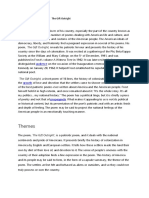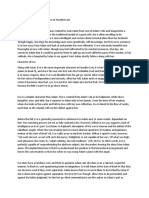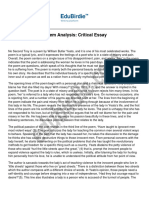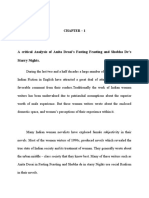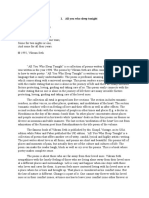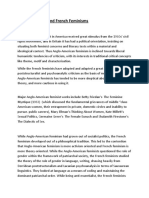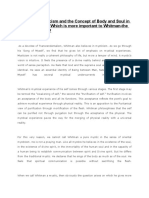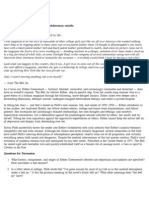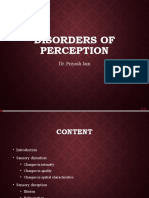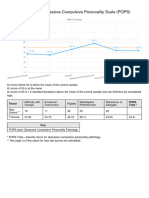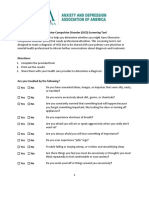0% found this document useful (0 votes)
451 views6 pagesThe Bell Jar: A Semi-Autobiographical Marvel: Review Article Amel Manzoor Palara H00BAENG20210230
The document provides a detailed summary and analysis of Sylvia Plath's semi-autobiographical novel "The Bell Jar". It discusses how Plath vividly depicts the mental breakdown of the protagonist Esther Greenwood under the pressures of societal expectations and gender restrictions in 1950s America. Plath also offers insightful commentary on the inadequate mental healthcare systems of the time and the stigmatization of mental illness. The document praises Plath's feminist examination of how Esther's feelings of isolation and hopelessness are exacerbated by the gender norms of the period. It argues the novel remains an important exploration of mental health issues and the need for support systems and public understanding.
Uploaded by
AmeliaahCopyright
© © All Rights Reserved
We take content rights seriously. If you suspect this is your content, claim it here.
Available Formats
Download as PDF, TXT or read online on Scribd
0% found this document useful (0 votes)
451 views6 pagesThe Bell Jar: A Semi-Autobiographical Marvel: Review Article Amel Manzoor Palara H00BAENG20210230
The document provides a detailed summary and analysis of Sylvia Plath's semi-autobiographical novel "The Bell Jar". It discusses how Plath vividly depicts the mental breakdown of the protagonist Esther Greenwood under the pressures of societal expectations and gender restrictions in 1950s America. Plath also offers insightful commentary on the inadequate mental healthcare systems of the time and the stigmatization of mental illness. The document praises Plath's feminist examination of how Esther's feelings of isolation and hopelessness are exacerbated by the gender norms of the period. It argues the novel remains an important exploration of mental health issues and the need for support systems and public understanding.
Uploaded by
AmeliaahCopyright
© © All Rights Reserved
We take content rights seriously. If you suspect this is your content, claim it here.
Available Formats
Download as PDF, TXT or read online on Scribd
/ 6










